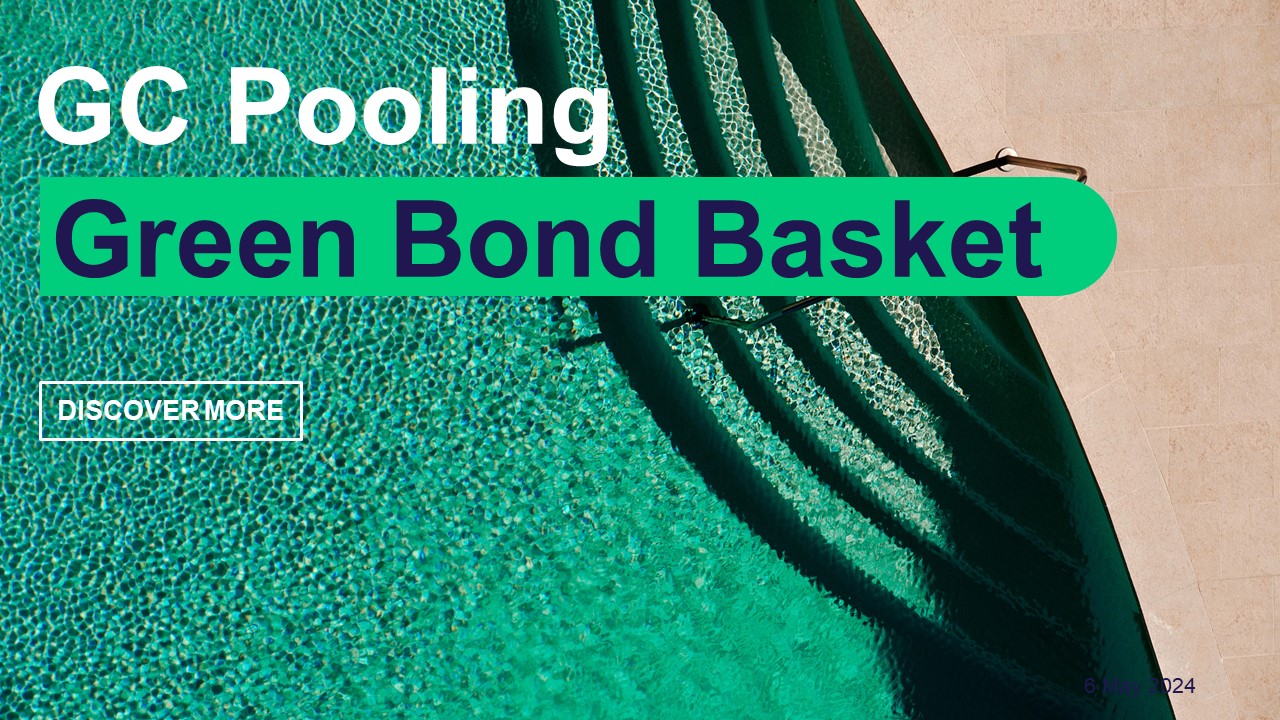As ECB policy shifts to a reduction of excess liquidity, the significance of GC Pooling repo has risen at Eurex with daily term-adjusted volume growth rate of more than 140% in 2023. This year, outstanding volumes in the European cleared repo market have been powered by the cash-driven segment. Eurex recorded a 15% year-on-year rise in GC Pooling activity in September, which contributed to an overall rise of 2% year-on-year.
The trend reflects a significant shift in the dynamics of both monetary policy and cleared repo. As the ECB pivots to a new era of monetary policy and retreats from extraordinary stimulus, the market has shifted from a securities-driven repo environment to a liquidity-driven one. By some measures, the specialness of eligible repo collateral has now reduced to pre-QE levels.
As the ECB continues to wind down its asset purchase programs and banks repay their TLTRO borrowings, a lot of collateral is returning to the market. This has expanded the available range of collateral for repo operations significantly.
Furthermore, post-QE market conditions have led to the unflattening of the euro curve, which has sparked a revival of spread trading and arbitrage strategies. This activity, combined with the ready supply of collateral, has lifted GC Pooling activity, as the need for funding rises across the market with more trading strategies.
Private markets will not be the only funding channel available to market participants though. While there is still some ambiguity over its future operational framework, the ECB’s intent is for monetary support for the market to come from refinancing operations rather than asset purchases. With the Main Refinancing Operations Rate (MRO) set 15bp above the deposit rate, eligible banks have been given access to attractive collateral-backed lending terms.
Recently, GC Pooling has traded in a 1-2bp range below the ECB’s deposit rate. Even if this rises to a 1-5bp range above, the market will still offer an attractive spread relative to the MRO. It is also important to note the difference in collateral pools between MRO, which accepts a broad range of collateral, and GC Pooling, which is limited to high quality collateral. This suggests that the two funding channels are likely to co-exist, with the broader range of sell and buy-side participants in GC Pooling set to maintain the momentum of 2024.
“Smaller banks with restrained market access and LCR-constrained banks that are eager to switch non-HQLA into reserves to improve their LCRs are the most likely candidates to engage with MRO,” says Ingo Deisenroth, Director Repo Sales Europe at Eurex.
Greening the Pool
GC Pooling has also been moving in tandem with other market trends. The rise of sustainable financing in fixed income has predominantly played out though green bond issuance in the primary markets. However, for properly functioning and deep green European primary markets to develop, liquid secondary and repo markets need to be nurtured.
Until recently, efforts to achieve this had suffered from the lack of a regulatory impetus to trade baskets with green collateral. In addition, many of the bonds included in green GC baskets, such as green Bunds and green KfW bonds, were also eligible for other GC or GC Pooling baskets. As such, trading green collateral in GC repo was too cumbersome for many traders with regards to screening positions for green collateral, availability of eligible bonds, manual allocations and the lack of right of substitution.
Given the dedication that Europe’s leading green bond issuers have to growing the market, the willpower clearly existed to support a functioning green repo market. After a period of market consultation between these market participants and Eurex, a GC Pooling Basket was decided as the most effective way to ramp up green repo activity and was implemented in April 2024.
More than eighty ISINs with a total notional of more than €300bn in issued amount, are now eligible as green collateral. Cleared volumes have reached about €123bn, with average trades of €1-1.5bn a day for overnight and one-week trades.
“With GC Pooling, you have all the benefits of tri-party collateral management in combination with fully automated trading and clearing,” says Carsten Hiller, Head of Repo Sales Europe at Eurex. “That means you can see how many green bonds are available for a GC Pooling Green Bond basket transaction in the Clearstream system. It is also automatically allocated, so you don’t have to pick and calculate ISIN by ISIN.
“We expect more clients to adopt these trading baskets in the future and are also exploring new green pooling baskets and eventually social bond baskets.”

